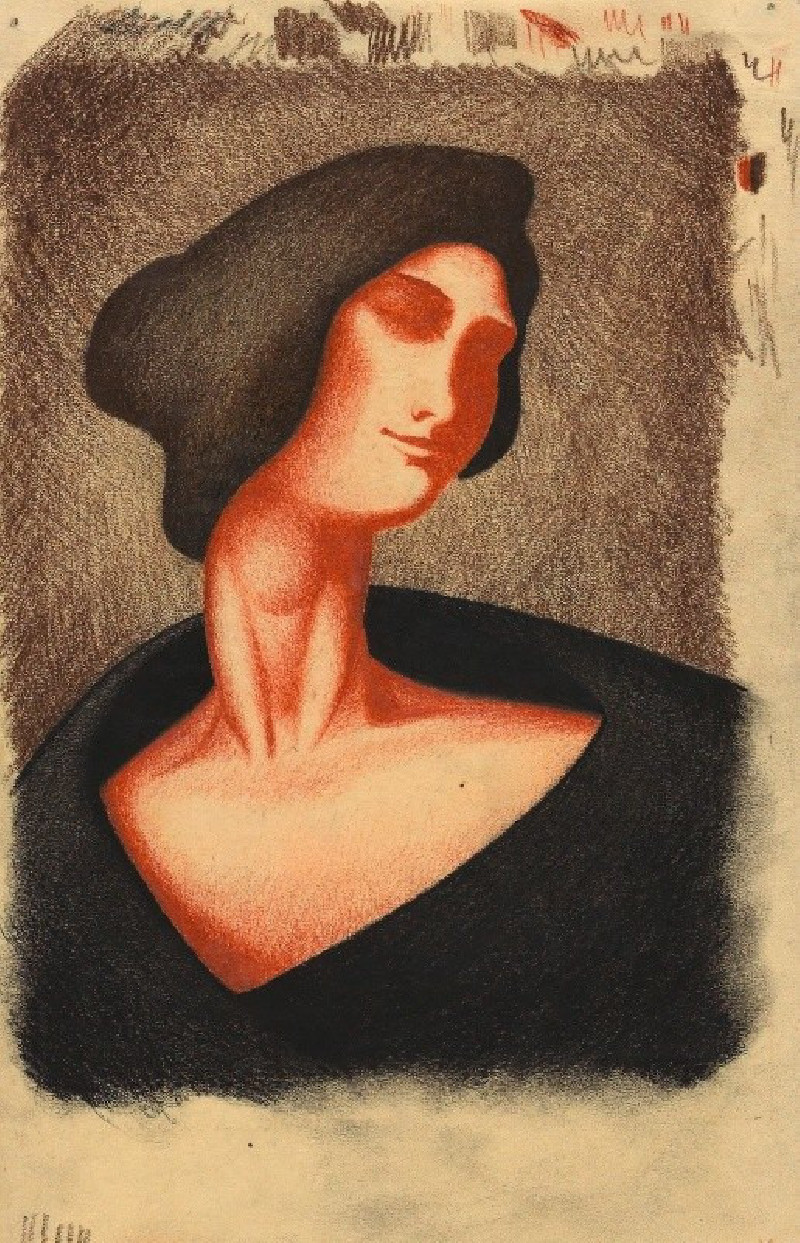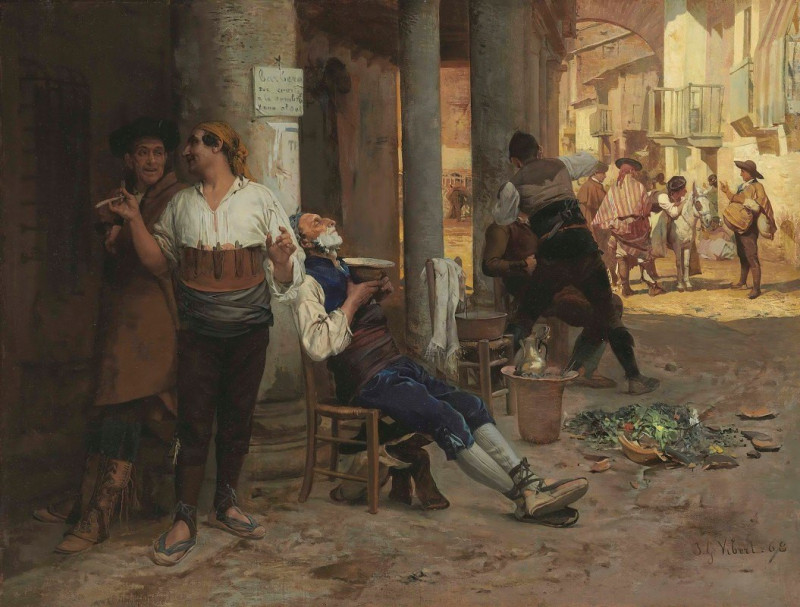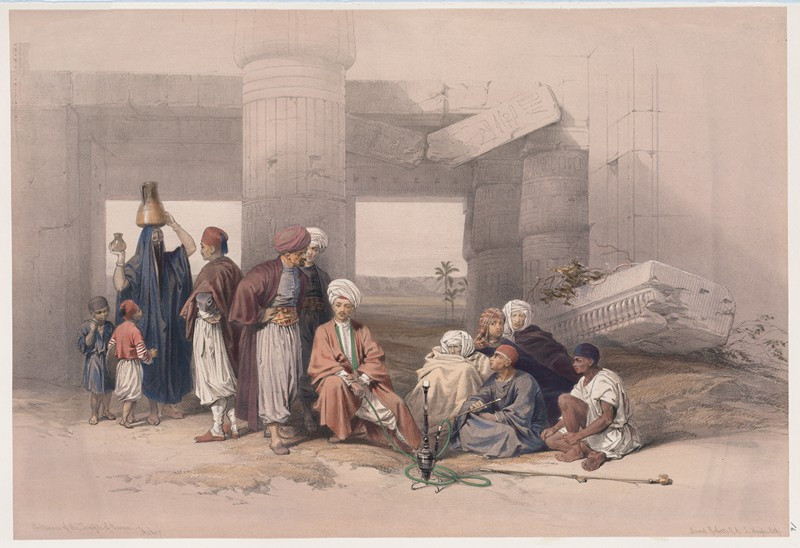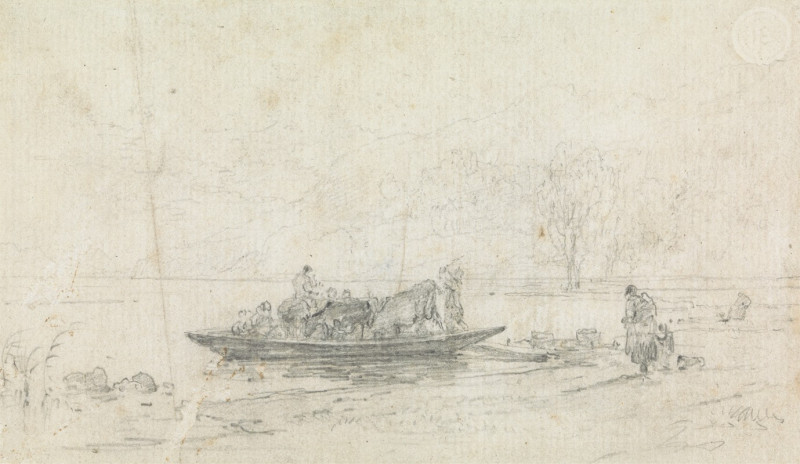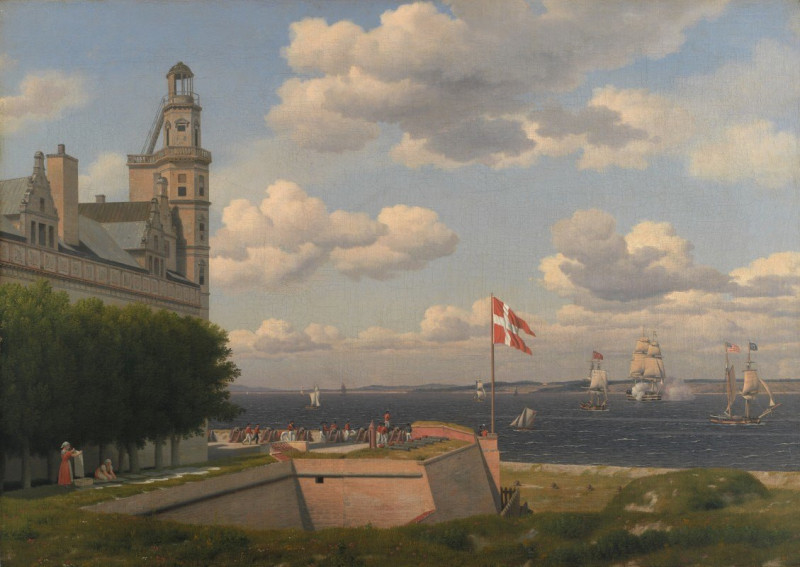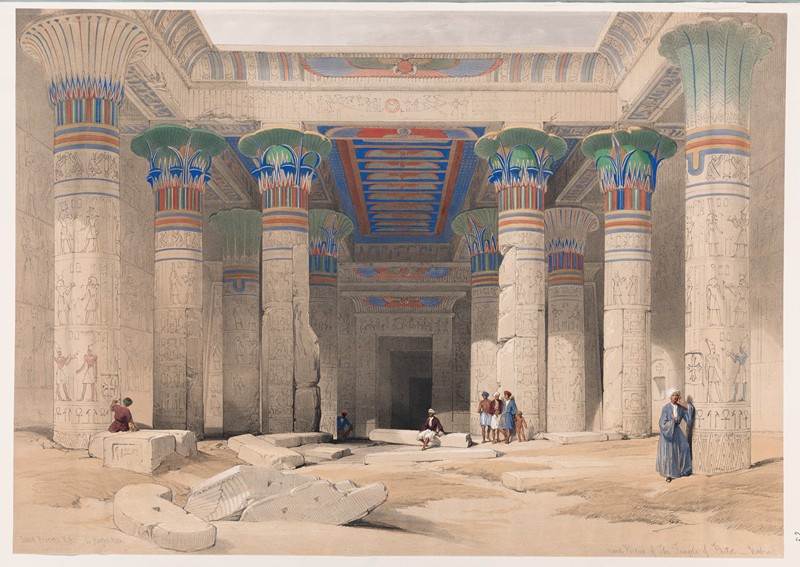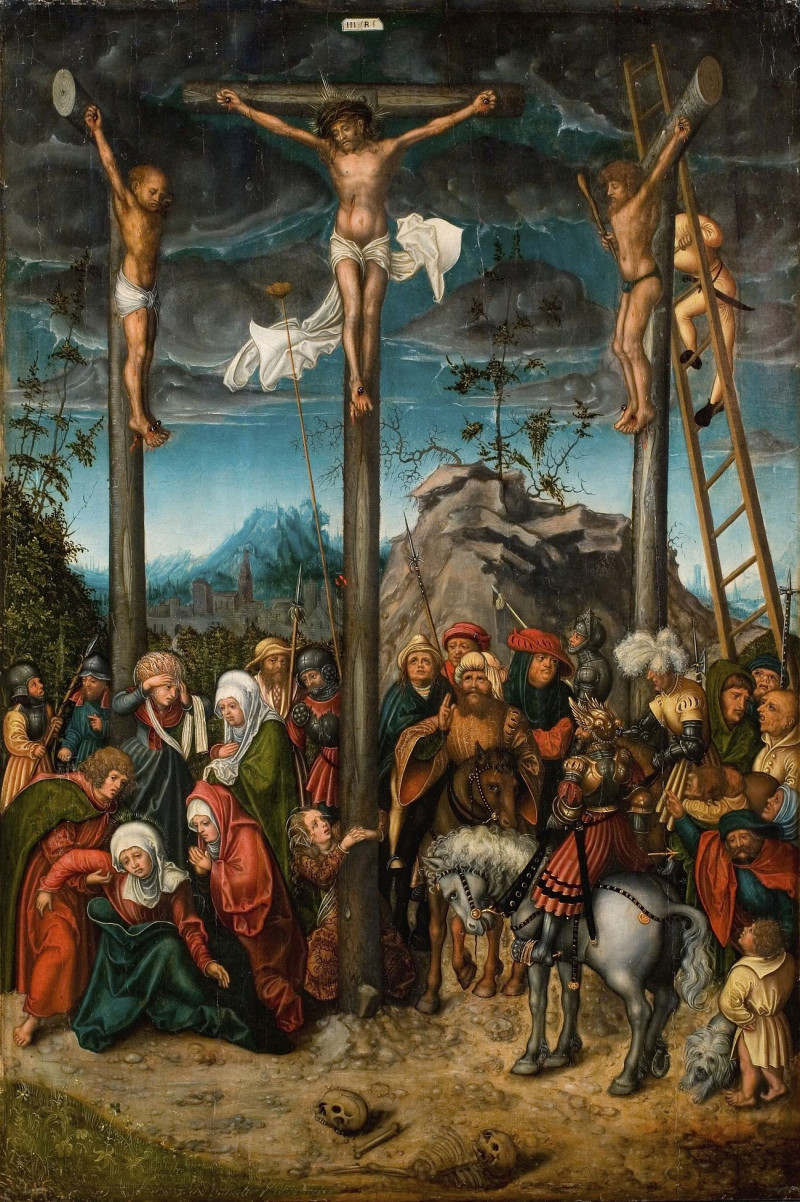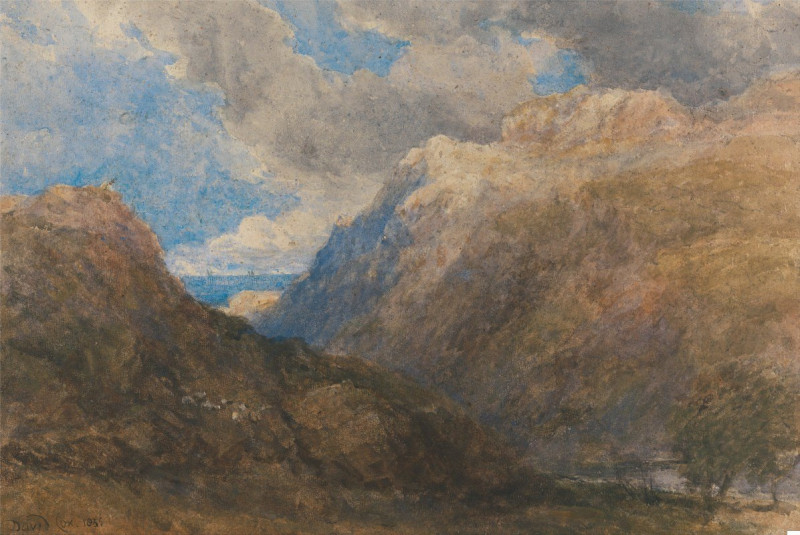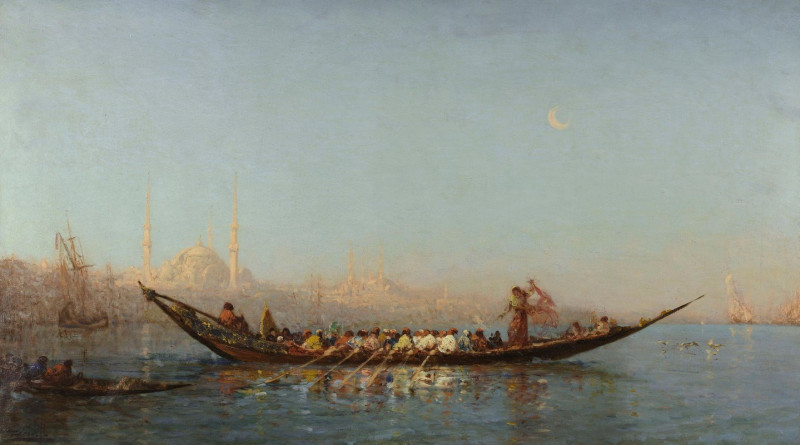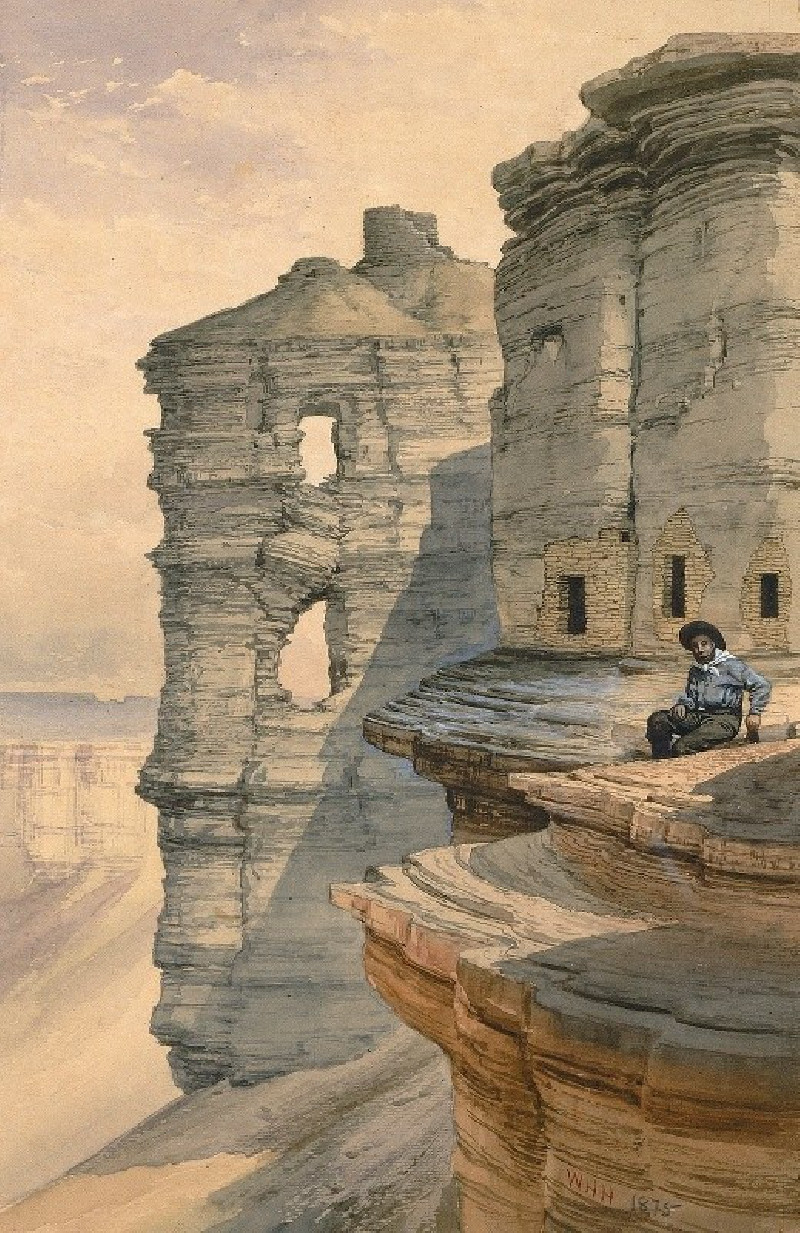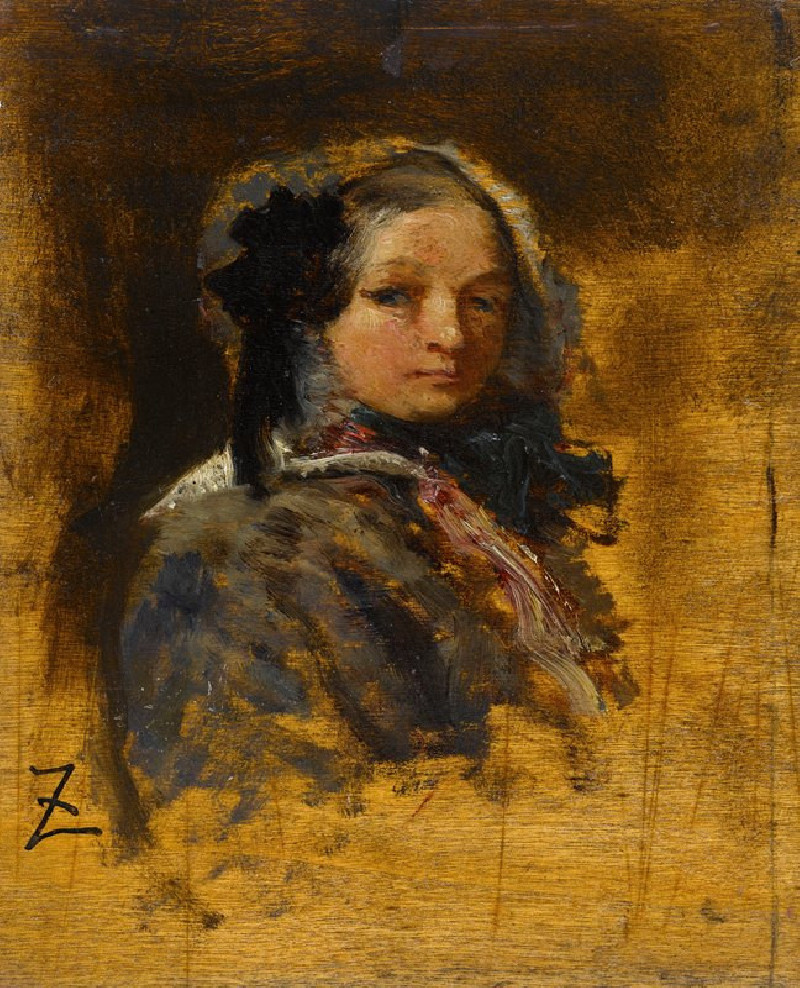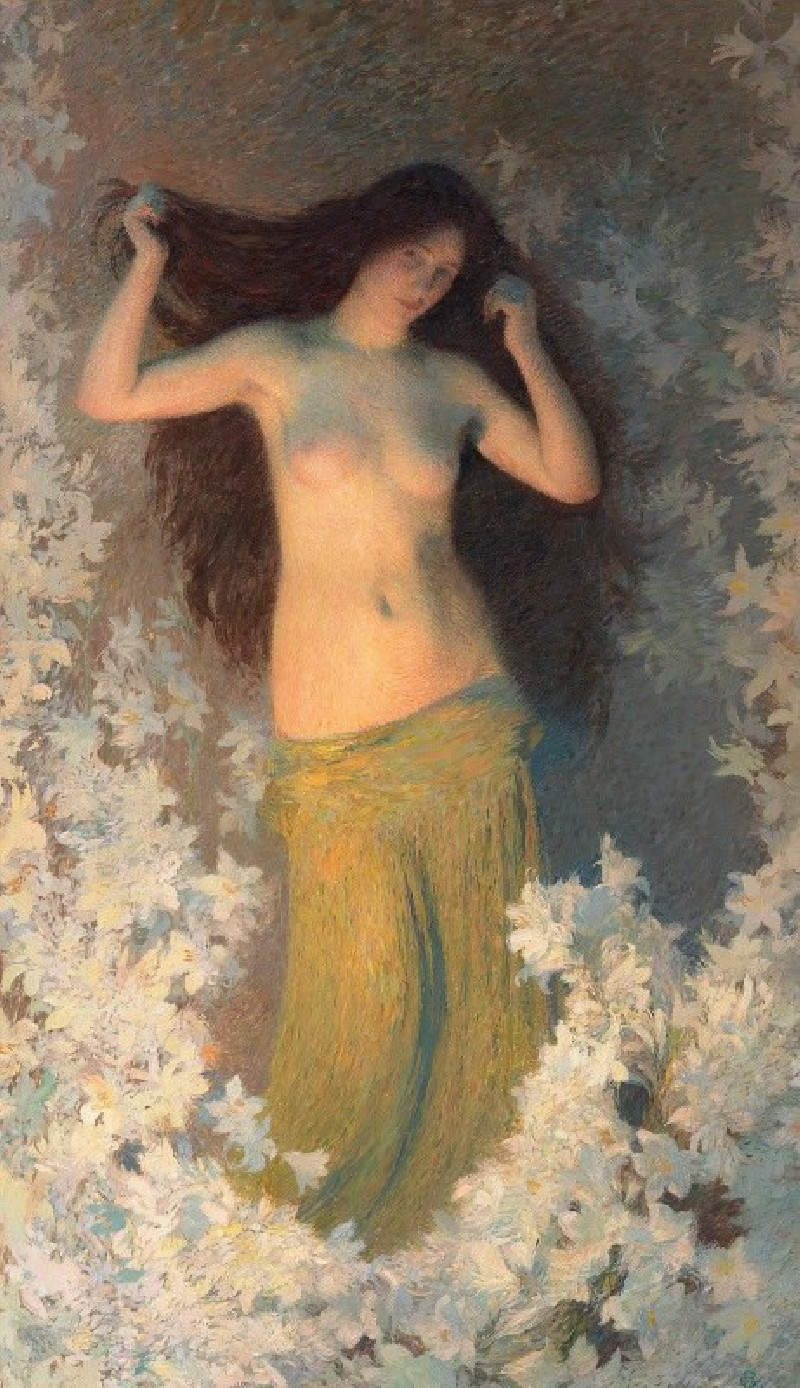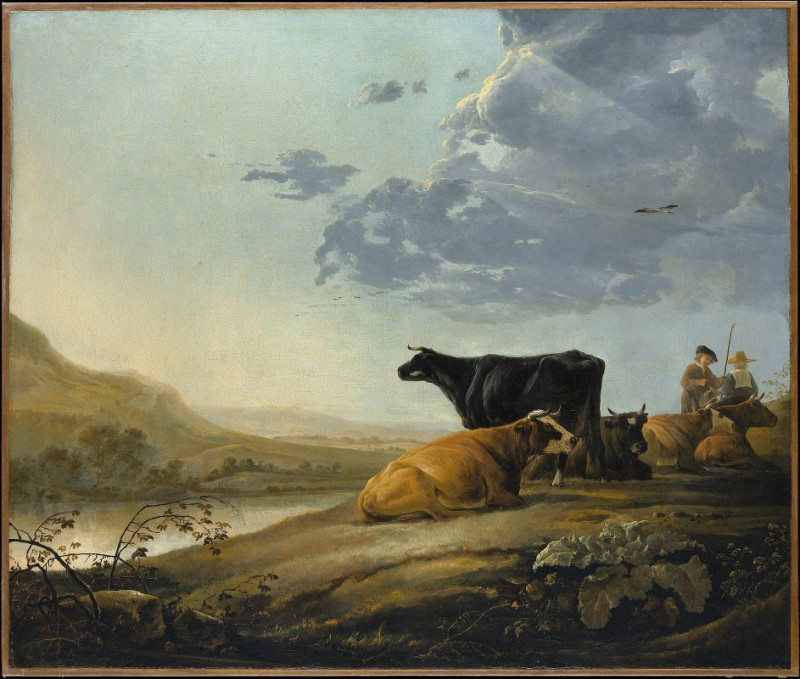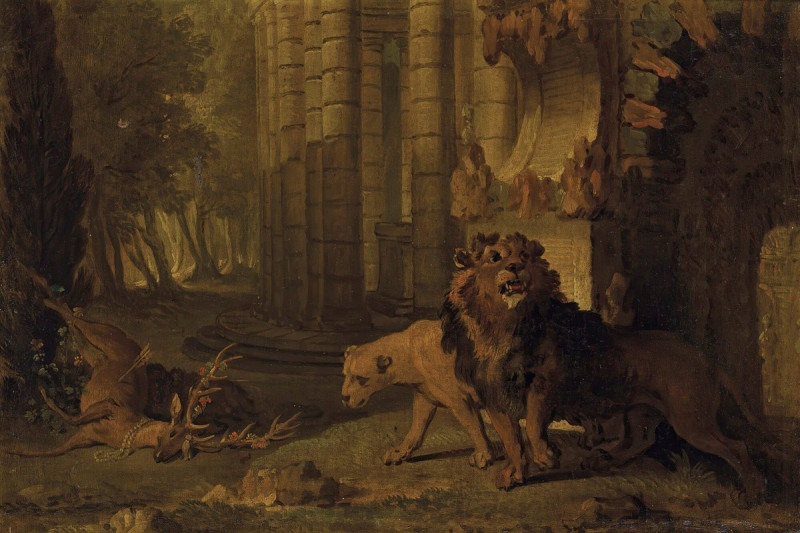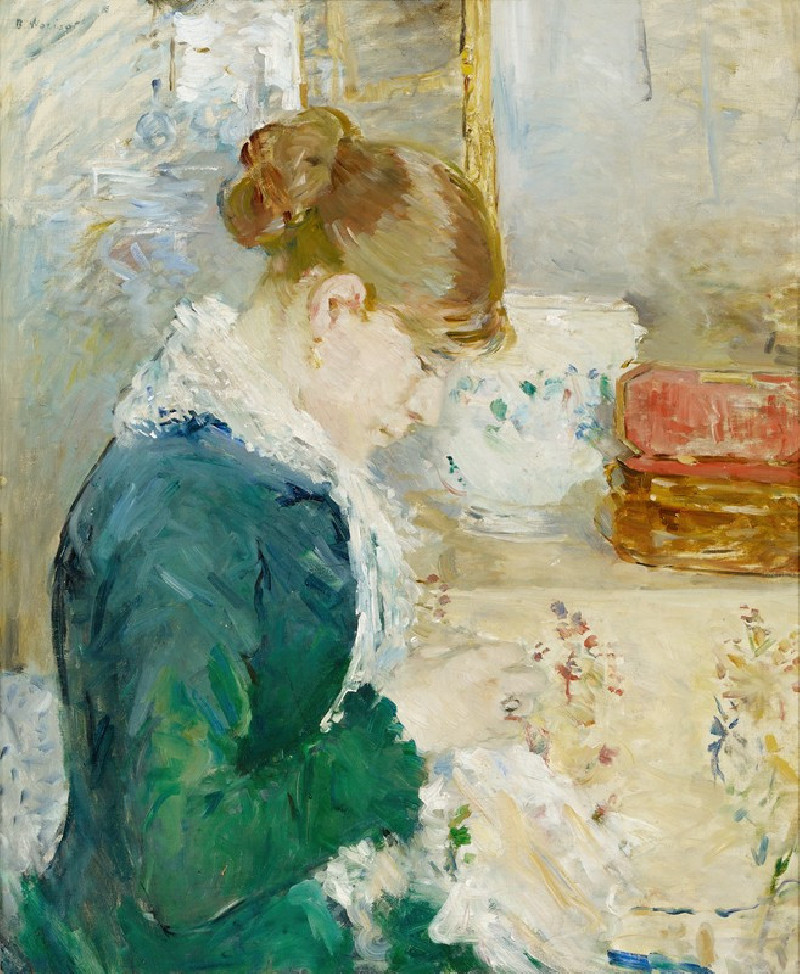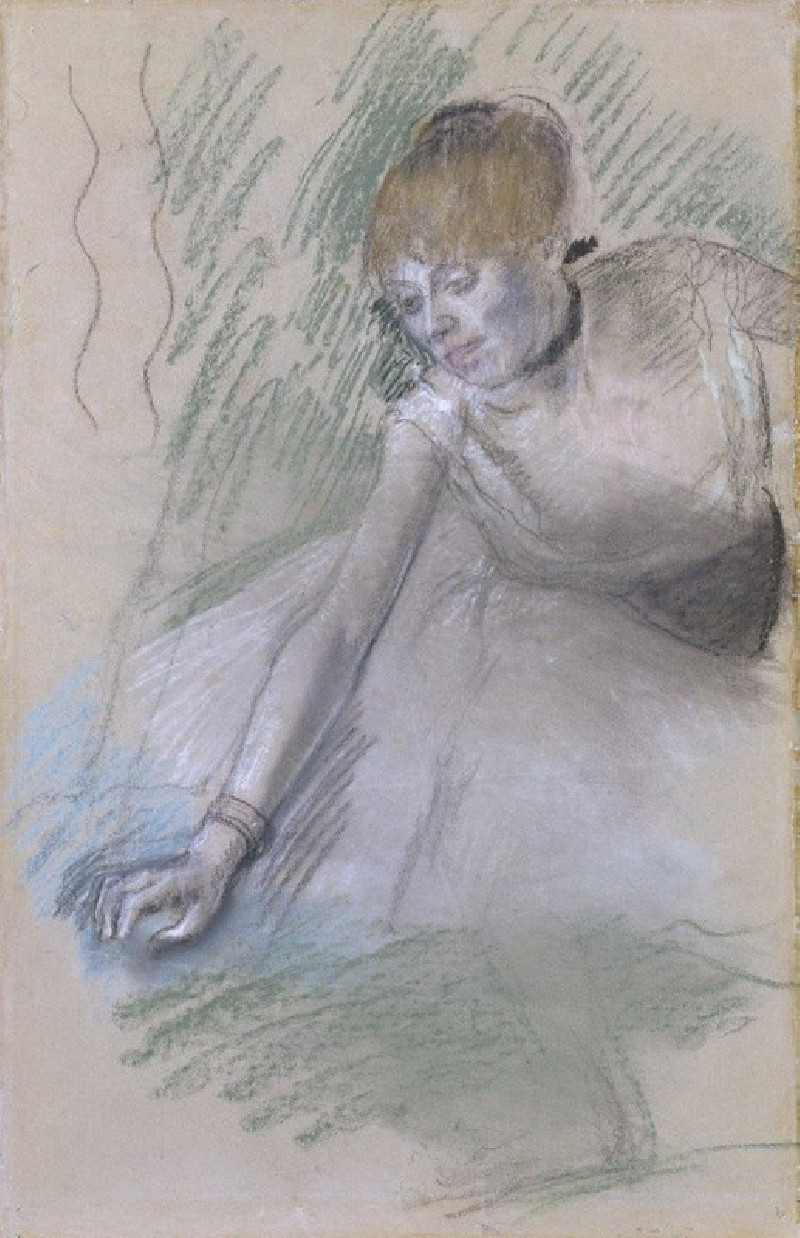Weib II (ca. 1929)
Technique: Giclée quality print
Recommended by our customers
More about this artwork
Karl Wiener’s captivating artwork, titled “Weib II” and crafted around 1929, is a striking example of artistic expression that challenges conventional norms of portraiture with its unique style and color palette. This piece features the stylized depiction of a woman, rendered in rich, warm shades of orange contrasted against muted browns and deep blacks. The subject is portrayed with a serene, almost contemplative expression, her features simplified and elegant, embodying a timeless grace.The figure's attire and pose evoke a classical yet modern feel, with her broad, flowing hat adding an element of fashion-forward dynamism to the composition. The textural and color contrasts not only highlight the subject's form but also create an intriguing visual balance that invites viewers to explore the interplay between shadow and light.“Weib II” stands out for its smooth contours and the abstract treatment of form, making it not only a portrait but also an exploration of color and emotion. The painting is a fascinating blend of the personal and the universal, reflecting the artist's profound ability to capture the essence of human expression.

